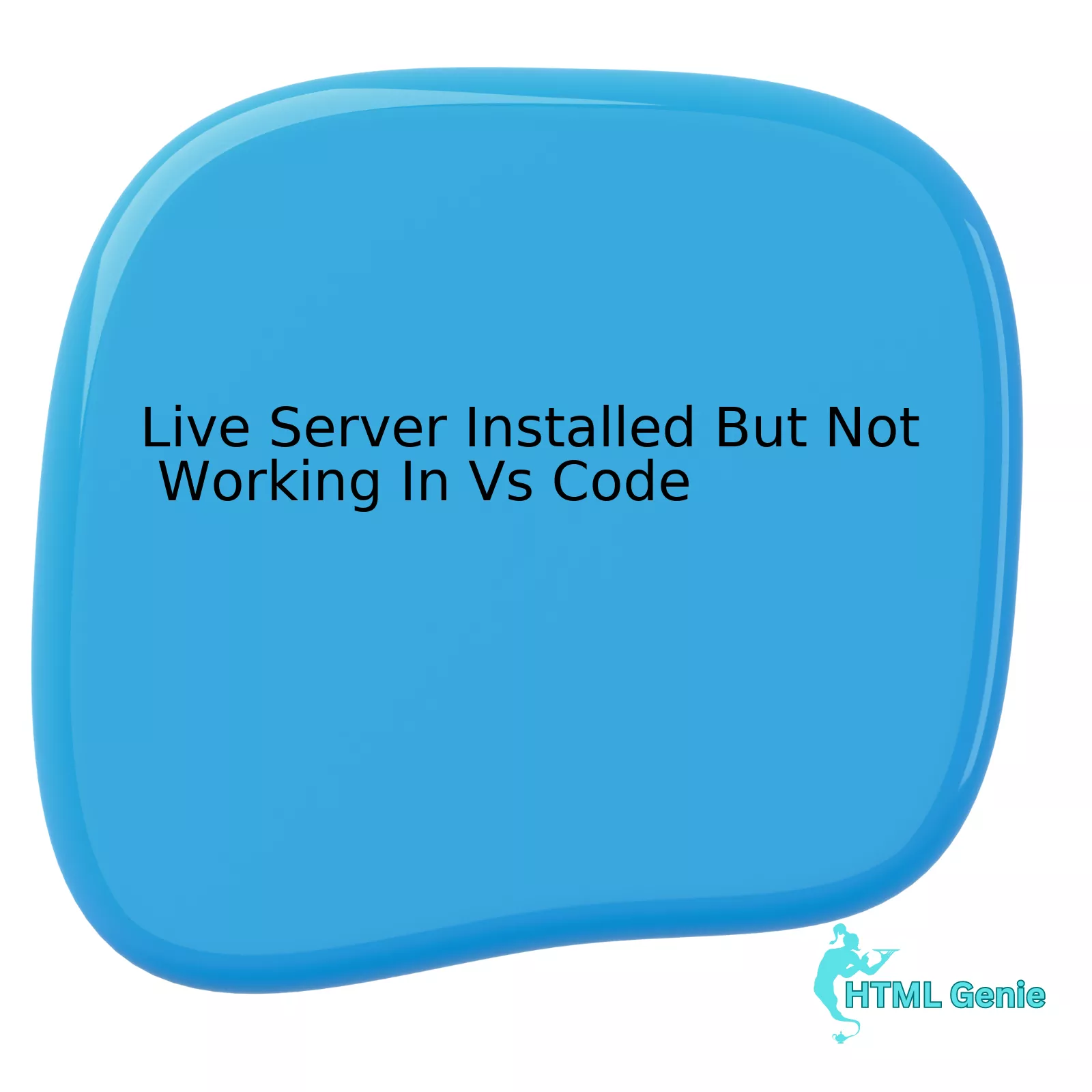Just as light reflects off surfaces to reveal the form, texture, and color of the world around us, the foundational languages of the web—HTML and CSS—work in tandem to structure and illuminate the digital experiences we interact with daily. A well-crafted website is a reflection of thoughtful design and solid engineering, where every element and style choice serves a purpose. This interplay between structure and presentation is the cornerstone of modern Frontend Development, a discipline that blends artistry with logic to create interfaces that are not only visually appealing but also accessible, functional, and intuitive.
In this comprehensive guide, we will delve deep into the core principles that govern the digital canvas. We will explore how to build a robust and meaningful foundation using the latest HTML5 Features and best practices, and then we’ll learn how to paint that foundation with the vibrant and dynamic capabilities of modern CSS. This is more than just an HTML CSS Tutorial; it’s a reflection on the standards, techniques, and philosophies that empower developers to build the web of tomorrow. From mastering responsive layouts with Flexbox and Grid to ensuring Web Accessibility for all users, we will illuminate the path to becoming a more effective and thoughtful web creator.
Casting the Structure: The Unwavering Importance of Semantic HTML
Before a single color is chosen or an animation is designed, a web page begins its life as a structured document. HTML (HyperText Markup Language) provides this essential skeleton, defining the meaning and hierarchy of content. In the early days of the web, developers often relied on a sea of generic <div> tags to build layouts. However, modern web development champions a more meaningful approach: Semantic HTML. This practice involves using HTML Tags that explicitly describe the kind of content they hold, creating a richer and more understandable document for both browsers and assistive technologies.
Beyond the `div`: The Power of Semantic HTML Elements
The shift towards semantic markup is one of the most significant advancements in Modern HTML. Instead of creating a generic container like <div id="header">, we can now use the <header> element. This simple change has profound implications. For a developer reading the code, the purpose of the section is immediately clear. For a search engine crawler, it provides context that can improve SEO. Most importantly, for a user relying on a screen reader, it announces the section as a “banner landmark,” making navigation far more efficient. Adhering to these W3C Standards is not just a best practice; it’s a commitment to a more inclusive web.
Key semantic HTML Elements include:
<header>: For introductory content or navigational links.<nav>: Contains the primary navigation links for a site.<main>: Represents the dominant, unique content of the document.<article>: For self-contained compositions like a blog post or news story.<section>: A thematic grouping of content, typically with a heading.<aside>: For content tangentially related to the main content, like a sidebar.<footer>: Contains information about the author, copyright data, or links to related documents.
By building a proper HTML Structure with these elements, you create a document that is self-describing, easier to style, and fundamentally more accessible.
Building Interactive Experiences with HTML Forms and Tables
Beyond page structure, HTML provides the tools for data collection and presentation. HTML Forms are the primary way users interact with a site, from simple search bars to complex registration pages. Using proper form elements like <label> (which programmatically links text to a form control, improving Accessibility), and leveraging new input types from HTML5 (like email, tel, and date) enhances the UX Design by providing better user interfaces and client-side validation.
Similarly, HTML Tables have a specific and crucial purpose: displaying tabular data. While once misused for creating page layouts, their semantic role is to present data in a grid of rows and columns. For accessibility, it’s vital to use elements like <caption> to describe the table’s contents, <thead> for header rows, and <th> with the scope attribute to define whether a header applies to a “col” or a “row.”
Painting with Light: The Transformative Power of CSS
If HTML is the skeleton, then CSS (Cascading Style Sheets) is the skin, hair, and clothing—it’s what brings the structure to life with color, typography, and layout. CSS Styling has evolved dramatically, moving from simple color and font changes to sophisticated systems for creating complex, responsive, and animated interfaces. Understanding the core concepts of Modern CSS is essential for any aspiring web designer or developer.
Mastering Layout: From Floats to Flexbox and Grid
For years, creating a complex Web Layout in CSS was a frustrating exercise involving floats, clears, and other hacks. Fortunately, CSS has evolved, giving us two powerful layout modules that have revolutionized Web Design.
Understanding both Flexbox and Grid is not about choosing one over the other; it’s about knowing which tool is right for the job. Flexbox excels at distributing space along a single axis, while Grid is built for complex, two-dimensional alignment.
CSS Flexbox is a one-dimensional layout model perfect for aligning items in a row or a column. It makes tasks that were once difficult—like vertical centering, creating equal-height columns, and distributing navigation items evenly—incredibly simple. A basic Flexbox container is created with display: flex;, and its children can be controlled with properties like justify-content (for horizontal alignment) and align-items (for vertical alignment). This makes it an ideal tool for component-level UI design.
CSS Grid, on the other hand, is a two-dimensional layout system, allowing you to control the layout in both rows and columns simultaneously. It is the first CSS module created specifically to solve layout problems on the web. With Grid, you can create a robust Grid Layout for an entire page or a complex component with just a few lines of code, defining columns, rows, and the gaps between them. It provides unprecedented control over the Page Layout, making designs that were once only possible with tables or JavaScript frameworks achievable with pure CSS.
Creating Dynamic and Responsive Designs
In today’s multi-device world, building a website that looks great on a desktop is only half the battle. Responsive Design is the practice of creating web pages that adapt gracefully to various screen sizes, from mobile phones to massive monitors. The primary tool for this is the media query. A Mobile-First Design approach is often considered a best practice, where you design for the smallest screen first and then use media queries to add styles for larger screens.
A powerful feature in Modern CSS that aids in creating maintainable and responsive designs is the use of CSS Variables (or Custom Properties). These allow you to store values (like colors or font sizes) in a variable that can be reused throughout your stylesheet. This is incredibly useful for theming and for making global changes quickly. For example, you can define a primary color variable and use it everywhere, and if you need to change the brand color, you only have to update it in one place.
:root {
--primary-color: #3498db;
--base-font-size: 16px;
}
body {
font-size: var(--base-font-size);
}
a {
color: var(--primary-color);
}Adding Life with Transitions and Animations
Static pages can be informative, but interactive feedback makes a user experience feel polished and intuitive. CSS Transitions allow property changes to occur smoothly over a specified duration. A common use case is a button that changes color on hover. Instead of an abrupt change, a transition can make the color fade in gently.
For more complex sequences, CSS Animations provide complete control. Using @keyframes, you can define multiple stages of an animation, controlling various CSS Properties at different points in the timeline. This can be used for everything from subtle loading spinners to elaborate introductory animations, all without writing a single line of JavaScript.
Harmonious Reflections: Integrating HTML and CSS for Optimal Performance
Building a great website requires more than just knowing individual HTML Tags and CSS Properties. It’s about understanding how they work together and following best practices that lead to clean, maintainable, and accessible code. This synergy is at the heart of professional Frontend Web development.
Writing Clean and Maintainable Code
As projects grow, CSS can become difficult to manage. This is where methodologies and tools come into play. Naming conventions like BEM (Block, Element, Modifier) help create predictable and conflict-free class names. For even larger projects, CSS Preprocessors like SASS or LESS are invaluable. They extend CSS with features like variables (before they were native), nesting, and mixins, which allow you to write more organized and reusable styles. These tools compile down to regular CSS, giving you the best of both worlds: advanced development features and browser compatibility.
The rise of utility-first frameworks like Tailwind CSS represents another approach, providing low-level utility classes to build designs directly in your markup. This contrasts with component-based frameworks like Bootstrap or Foundation, which offer pre-styled components like buttons and modals. The choice of a CSS Framework often depends on the project’s needs and the team’s workflow.
Ensuring Web Accessibility (a11y)
A truly well-designed website is one that can be used by everyone, regardless of ability. Web Accessibility (often abbreviated as a11y) is not an afterthought but a core requirement of modern web development. It starts with using Semantic HTML correctly. When native HTML isn’t sufficient for complex widgets like tabs or accordions, ARIA Labels (Accessible Rich Internet Applications) can be used to provide additional context to assistive technologies. Simple considerations, like ensuring sufficient color contrast, providing text alternatives for images with the `alt` attribute, and making sure all functionality is accessible via the keyboard, make a world of difference.
Beyond the Code: Reflecting on User Experience and Design
Ultimately, every line of HTML and CSS we write serves a single purpose: to create a positive experience for the end-user. The technical choices we make have a direct impact on UI Design and overall UX Design. A website built with clean, semantic HTML and optimized CSS will load faster, be easier to navigate, and work more reliably across devices. This technical excellence is the invisible foundation upon which a great user experience is built.
The fields of Web Design and Web Development are in constant motion. New CSS features are always on the horizon, and our understanding of user behavior continues to deepen. By grounding our work in the solid principles of structure, presentation, and accessibility, we can ensure that the websites we build are not just fleeting designs but durable, effective, and beautiful reflections of the information and services they represent.
Final Reflections
Like light, the web is both simple in its essence and infinitely complex in its application. At its core are two fundamental forces: the structure provided by HTML and the style provided by CSS. Mastering these is a journey of continuous learning. We’ve reflected on the importance of a solid foundation with Semantic HTML, explored the vast creative potential of Modern CSS for layout and animation, and emphasized the critical synergy between them through best practices in accessibility and maintainability. By embracing these principles, you move beyond simply writing code and begin to architect experiences—crafting clear, elegant, and powerful reflections in the ever-expanding digital universe.




